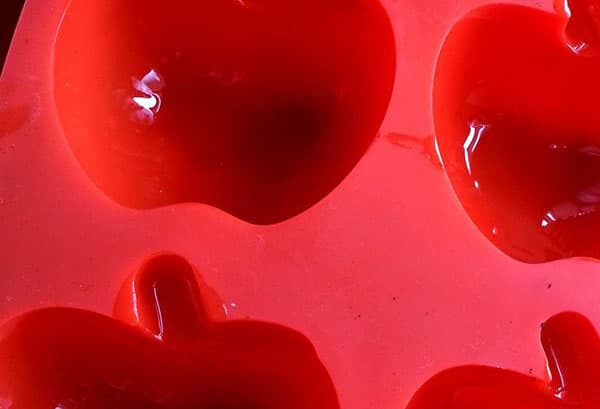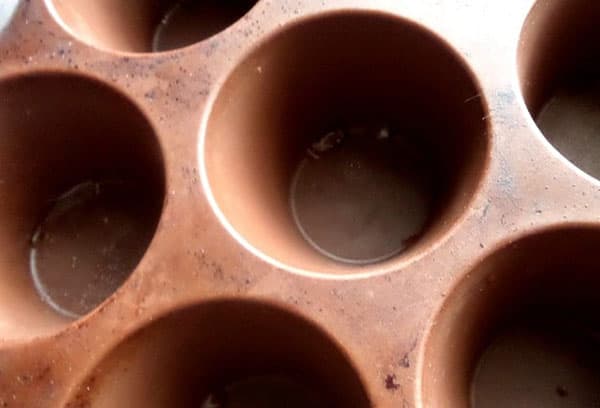Do I need to lubricate silicone molds before baking?
Content:
Any cooking container requires compliance with certain rules during operation, and silicone molds are no exception. But, unlike metal or ceramics, this material is very unpretentious and, with proper care, will delight you with new culinary masterpieces for a long time. The main question of the housewives starting to work with this unusual material is whether it is necessary to lubricate the silicone mold before baking?
Like any other baking material, silicone needs to be lubricated with oil or grease, but only before first use. The porous structure of the material absorbs oil quickly and will hold it for a long time.
Before first use, thoroughly treat the inside. Often silicone molds have a complex pattern in which pieces of dough may remain. To avoid this, turn the mold inside out so that the oil can get into the smallest bumps.
Do I need to be lubricated before each use?
Usually a silicone mold does not require additional oiling. This can not only be a waste of time, but also increase the calorie content of the finished product. Putting parchment, foil or paper muffins on the bottom is also not necessary - the material will not allow the baking to stick to the walls without it.
An exception to this rule can only be surfaces with a complex pattern or corrugation. Such forms are best lubricated once and thoroughly washed from food debris.
If you are still afraid of food sticking to the walls, then before pouring, sprinkle them with a small amount of cold water.
If you decide to wash your dishwasher in a dishwasher or use chemicals to clean the surface before using it again, you will have to lubricate the entire surface from the inside again.
Rules for the care of silicone molds
It is difficult to overestimate the positive properties of silicone: it is convenient to prepare, compact in storage, it can be easily folded several times or turned inside out. Silicone products are inexpensive and are produced in a wide variety of sizes and designs, allowing you to create all kinds of desserts, jellies and jellied meat. But in order to avoid surface burning and increase the life of the material, you need to follow a few rules.
- After purchase and before first use, it is necessary to rinse the mold from the chemical film remaining on its surface.
- For washing, use only soft sponges. Hard brushes can damage brittle material and damage the surface structure.
- After each use, the mold should be washed with food particles and wiped with a soft cloth.
- It is necessary to take out finished products by pulling the edges of the mold and gently pushing to the bottom so as not to deform.
- If large pies come out of the mold with difficulty, then you can "help" them with a wooden or plastic spatula.
What is the best way to lubricate a silicone mold?
There are several types of cooking fats, including vegetable, butter and animal fat. There is no difference in principle for lubricating a silicone surface, but for the first time it is advisable to use an odorless vegetable oil.
Do not apply oil in a thick layer or pour it inside. Excess fat will not only not be useful, but will clog small surface patterns, which can spoil the appearance of the finished product.
If the household has a culinary brush, then for applying oil it is better to use it. Alternatively, use a soft cloth or sponge.
Service life and mold quality
Before you decide on a new culinary assistant, you need to understand how to choose the right product from all the variety on display on the shelves.
Here are some tips for choosing the right silicone mold.
- Only high-quality silicone molds should be selected. This will allow for a long time to forget about re-lubricating the form and exclude the ingress of harmful substances into food.
- The most accurate way to check product quality is to smell it. If you feel a strong chemical aroma, then it is better to forget about this option.
- Give preference to thick-walled tins; thin material will not last long and will not be able to hold geometry when pouring dough or jelly.
- Another way to check the quality: bend the mold and inspect the place of the fold - there should not be white marks.
And the last tip: when you first use the silicone mold in the oven, it is necessary to reduce the baking time by 15-20%, since this material has high thermal conductivity and the dishes in it are baked very quickly.

